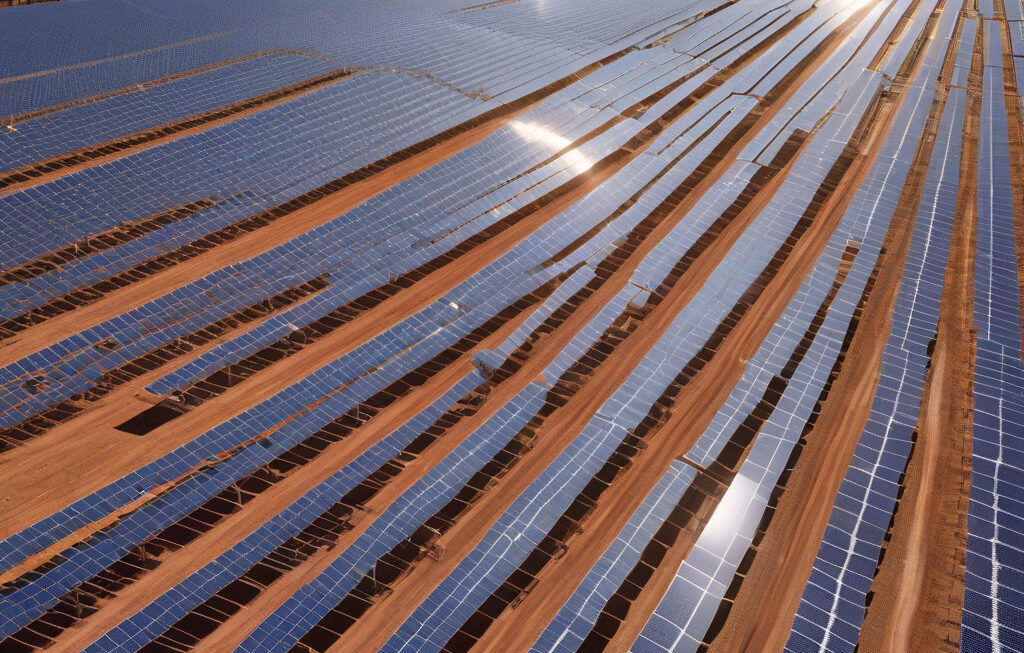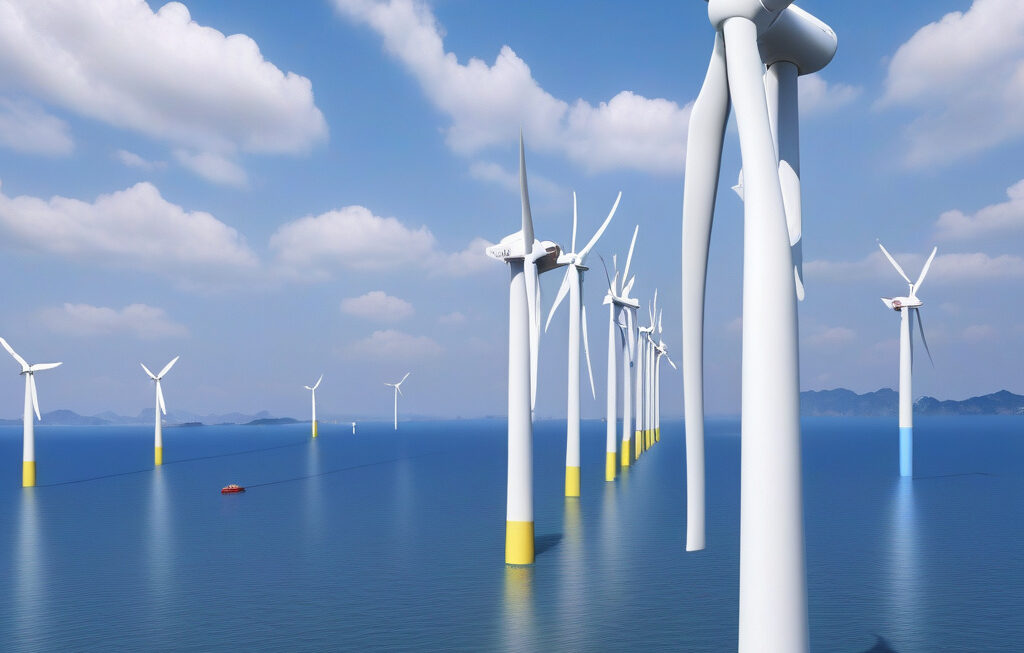Rewiring Infrastructure: The Automation Revolution in Utility Design
In our latest episode of Lexicon, we sat down with Al Eliasen, President of Spatial Utility Solutions, to discuss the transformative impact of automation on utility design. With the rapid advancement of technology, the traditional methods of designing and managing utility infrastructure are being revolutionized, paving the way for more efficient, cost-effective, and sustainable solutions.
One of the key aspects of this automation revolution is the use of advanced software and algorithms to streamline the design process. By harnessing the power of artificial intelligence and machine learning, utility companies can now analyze vast amounts of data to optimize the layout of infrastructure networks. This not only reduces the time and resources required for design but also ensures that the final output is tailored to meet the specific needs of the community it serves.
Furthermore, automation allows for real-time monitoring and control of utility systems, enabling proactive maintenance and rapid response to any issues that may arise. For example, sensors embedded in pipelines can detect leaks or malfunctions and automatically alert technicians for immediate intervention. This level of connectivity and automation not only minimizes downtime and operational costs but also enhances the overall reliability and resilience of the infrastructure.
Moreover, the automation revolution is driving the integration of renewable energy sources into the utility grid. By leveraging smart technologies, utility companies can balance the fluctuating supply and demand of renewable energy, ensuring a stable and sustainable power supply for consumers. This not only reduces reliance on fossil fuels but also contributes to the fight against climate change by lowering carbon emissions.
The benefits of automation in utility design are already being realized in various projects around the world. For instance, in Singapore, the national water agency PUB has implemented a smart water management system that uses data analytics and automation to optimize the efficiency of water treatment and distribution. As a result, Singapore has been able to ensure a consistent water supply for its residents despite limited natural resources.
In the United States, utility companies like Duke Energy are embracing automation to modernize their grid infrastructure and improve the reliability of electricity distribution. By deploying advanced monitoring and control systems, Duke Energy can quickly identify and address issues such as power outages, ultimately enhancing customer satisfaction and operational efficiency.
As we look to the future, the automation revolution in utility design holds immense potential to transform the way we manage our essential infrastructure. By embracing cutting-edge technologies and innovative solutions, we can build more resilient, sustainable, and intelligent utility systems that will benefit communities for generations to come.
#automation #utilitydesign #infrastructure #renewableenergy #sustainability












